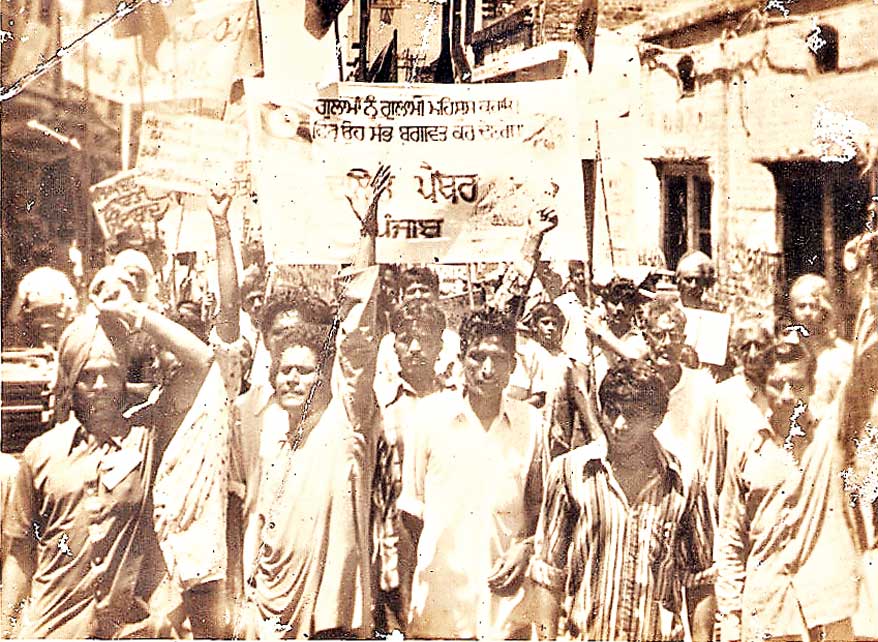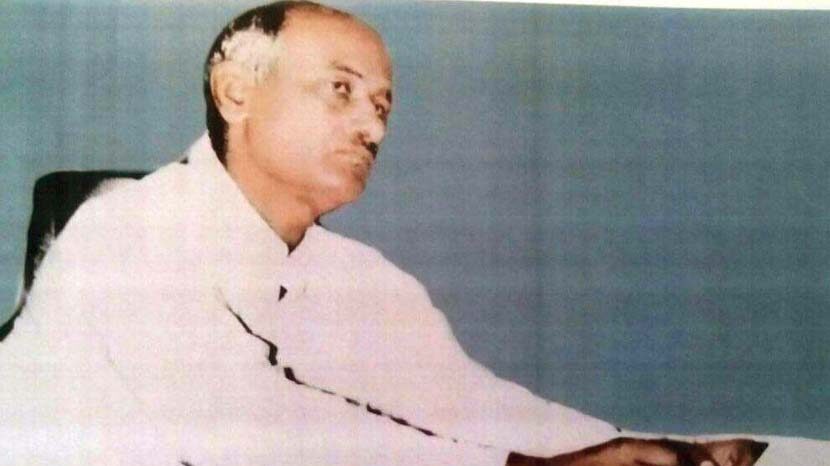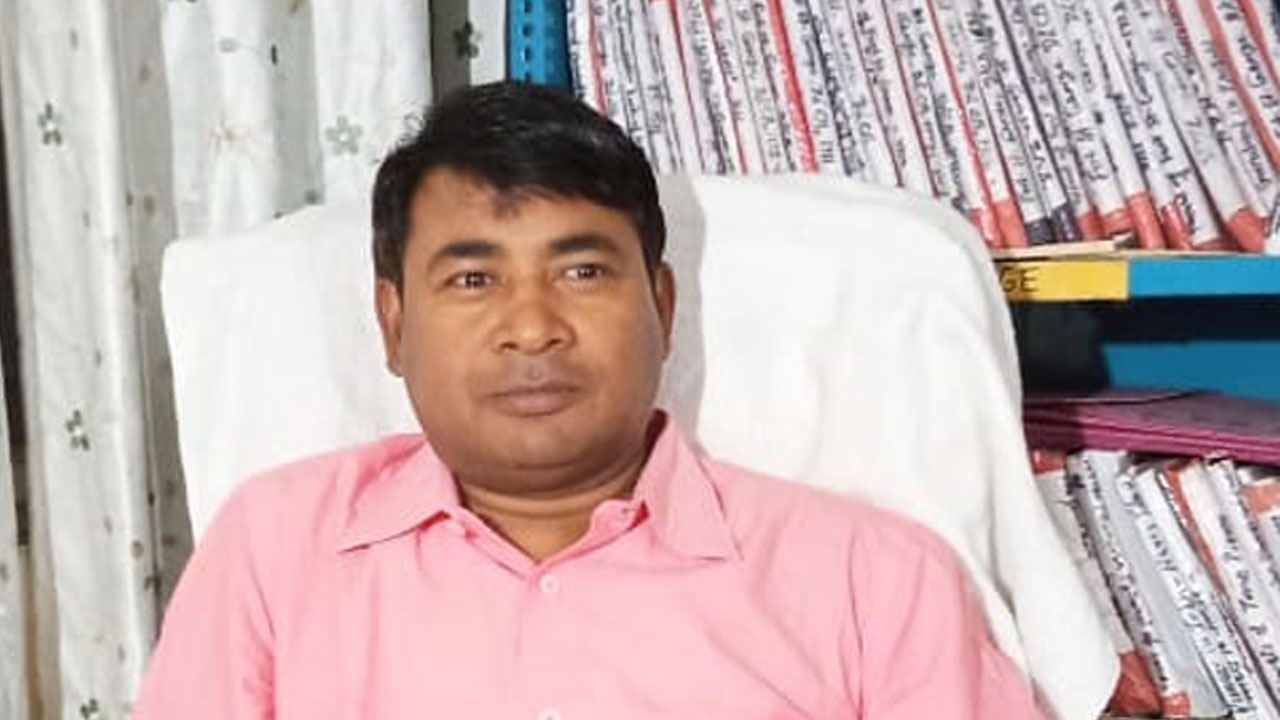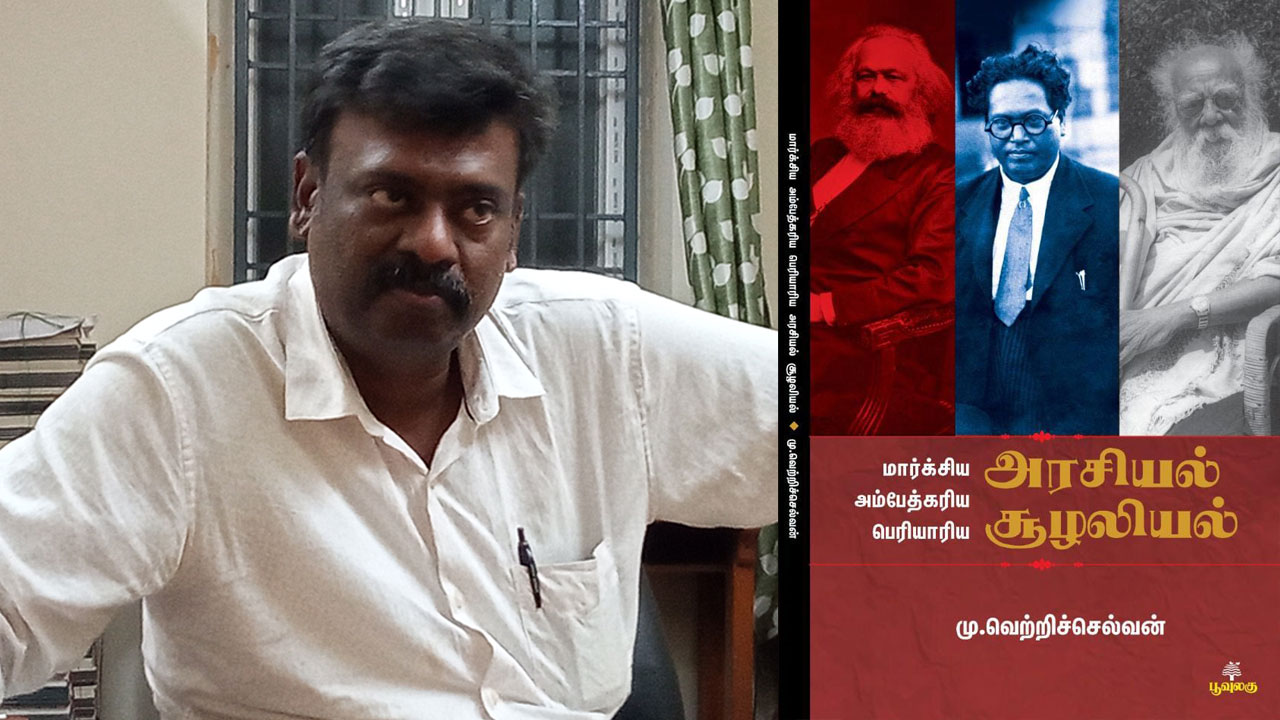29 May 1972: The 50th birth anniversary of the Dalit Panther movement
Inspired by the Black Panther movement of the African Americans in the 1960s, the Dalit Panther may not have become as famous but it was no less successful and effectual than its US counterpart. Dalit Panthers were as aggressive and as combative as the Black Panthers. Another common aspect between the two was that literature played a major role in their establishment. Marathi Dalit literature and authors were behind the Dalit Panther. In fact, we would not be entirely wrong if we say that Dalit Panther was a literary movement. Literary works that brought ideological citadels crashing down were the foundation of both the movements. These works influenced the ordinary folk in the same way as the sound of the bugle makes warriors jump into the battlefield. Marathi Dalit literature shaped this movement in the same way as a mother brings up her son, hoping that after he grows up, he will fight her battles.
Poems that spewed fire, stories that laid bare the hearts and the minds of the Dalits, novels that brutally exposed the truth and other similar literary works gave rise to a new kind of no-holds-barred scalding intellectualism. Without much ado, this literary movement equipped the Dalits with new ideas. Just as Dalit Literature was like a breath of fresh air in the field of letters, so was the rise of Dalit Panther. This powerful and dynamic movement cannot be understood without understanding the role of literature in its rise. Those who ignore literature can never understand Dalit Panther. It will also be necessary to grasp the outlook of the creators of this literature.
If you don’t understand the language of literature, you will never be able to feel the core of the movement and you will never be able to understand how big a crime it was to be a Dalit in this country. A major difference between the Black Panther and the Dalit Panther is that Indian Dalits are not exactly comparable with the American Blacks. Their complexion doesn’t always come in the way of the Blacks but for a Dalit, his caste stands in his path like an insurmountable mountain, always. Even death cannot obliterate his caste identity. Living with privations not uncommon but even the Blacks probably would never understand how debilitating the caste system is. This can be understood only by a Dalit Panther.

The litterateurs who led Dalit Panther did not suddenly plunge into the movement. Authors normally use their pen to express their sensitivity. But these Dalit authors not only prepared a fertile ideological ground for the movement but also took part in it themselves. This was a glowing chapter in the history of Dalit Literature. Unlike armchair writers like Premchand, who impressed the world with their short stories and novels, Dalit writers made their opponents tremble.
The writers who fashioned this movement had lost their patience when the Elayaperumal Committee submitted its detailed report on atrocities against the Dalits in India. The report, submitted on 10 April 1970, said that in just one year 1,117 Dalits were murdered, Dalit women were raped and paraded naked in the villages, Dalit labourers were harassed and their sources of water deliberately contaminated with human excreta. This report left the writers and the Dalit youth seething with rage. What shocked them even more was that the report didn’t elicit a response from the leaders of the Republican Party of India (RPI). These writers and poets demanded that immediate action be taken on the basis of this report.
The committee’s report paved the way for the Dalit writers floating a militant organization like the Dalit Panther. The Dalit Panther was born of the discussions between Daya Pawar, Arjun Dangle, Namdeo Dhasal, Prahlad Chendwankar and J.V. Pawar at the Irani Hotel at Dadar.
These well-known Dalit writers issued many statements warning the government. Before drawing up the contours of the organization, they, hurt by the persecution of the Dalits, decided to launch a movement on the ground to give a fitting response to the perpetrators of atrocities on Dalits.
In his book Dalit Panther: An Authoritative History, J.V. Pawar writes, “As we were walking, we were discussing the possibility of launching a militant organization to combat atrocities against Dalits. We thought of various names for the organization, but ultimately we zeroed in on ‘Dalit Panther’. The birth of the Dalit Panther thus took place as we were walking along a Mumbai street. It lived up to its name by taking to the streets for the cause.”
The Elayaperumal committee report stated clearly that those committing atrocities against the Dalits were mainly Congress leaders, Brahmins and some non-Brahmins. Pawar writes that the battles they fought despite the utter lack of resources they faced won them credibility and respect.
On the other hand, the objective with which Ambedkar had founded RPI could not be fulfilled. That was because of the sordid deeds of the party’s leadership. RPI started losing its vigour after the 1960s, principally owing to ego clashes and hostilities between its leaders. This political organization, which was once a beacon of hope for the Dalits, later started treating even the Dalit Panther as its rival.
It is said that a mere mention of the Dalit Panther was enough to send a chill down the spine of the most dreaded goons. Due to the rise of the Dalit Panther and the manner of its functioning, even the police had to change its attitude towards the Dalits. J.V. Pawar writes that the ordinary people were appreciative of Dalit Panther. As the news of the activities of Dalit Panther reached the rural areas, the rural folk, too, saw a ray of hope. At the time, village strongmen used to forcibly occupy even the small pieces of land owned by the Dalits. The Dalit Panther freed such farmlands from the clutches of the strongmen and restored them to their rightful owners.
Some committed Dalit Panther activists also lost their lives. The organization launched a movement to get the works of Ambedkar published. They put pressure on the Maharashtra government to compile and publish Ambedkar’s manuscripts, which were gathering dust in some godown.
Thus, the Dalit Panther rose like a meteor on the country’s horizon. But like many Dalit movements, it disintegrated as quickly as it had risen. Though it lasted for three years, the Dalits remember it to this day, just as they do the Bhima-Koregaon battle.
On this 50th birth anniversary of the Dalit Panther, I would like conclude with this verse:
The world remembers only those
Who can tame raging tempests.
(Translation: Amrish Herdenia; copy-editing: Anil)
Forward Press also publishes books on Bahujan issues. Forward Press Books sheds light on the widespread problems as well as the finer aspects of Bahujan (Dalit, OBC, Adivasi, Nomadic, Pasmanda) society, culture, literature and politics. Contact us for a list of FP Books’ titles and to order. Mobile: +917827427311, Email: info@forwardmagazine.in)
The titles from Forward Press Books are also available on Kindle and these e-books cost less than their print versions. Browse and buy:
The Case for Bahujan Literature
Dalit Panthers: An Authoritative History






